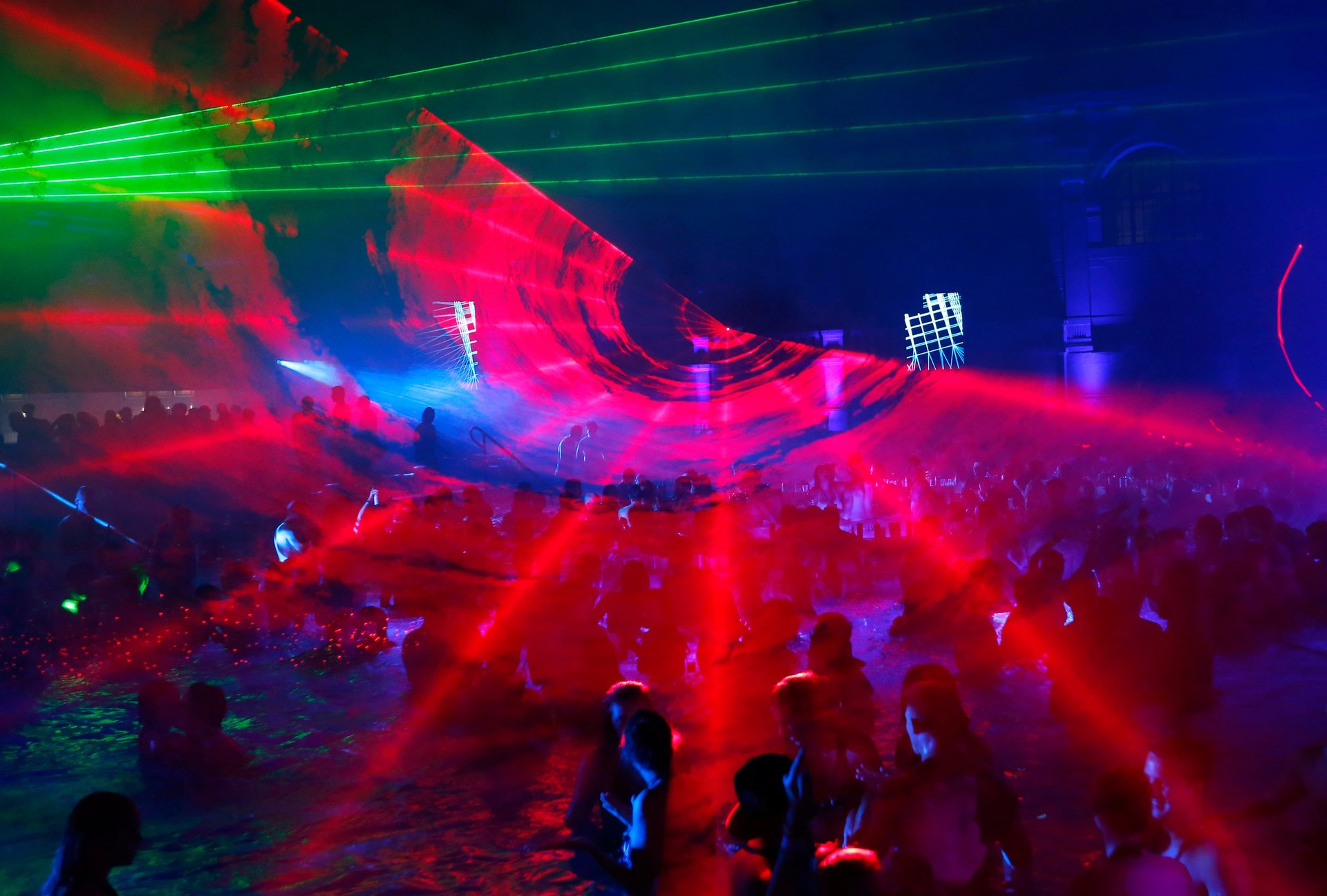How TikTok became a digital dance floor
TikTok has taken the digital world by storm. Since 2016, the video-focused app has been downloaded more than 2 billion times and in 2020, it became the most-downloaded social media app in the US.


TikTok has taken the digital world by storm. Since 2016, the video-focused app has been downloaded more than 2 billion times and in 2020, it became the most-downloaded social media app in the US.
TikTok users have built communities to create content around shared interests using hashtags. There’s #BookTok for bibliophiles, #GymTok for fitness enthusiasts, and even #Witchtok.
Perhaps no community has been as natural to the platform as #DanceTok, users who create and share snippets of choreography set to popular music that become viral dance trends. The app’s short-form, highly visual format, and algorithms that serve viewers content in a way that keeps them wanting more set the stage for TikTok to become a virtual dance club. Dancers inspire and riff off of one another, changing what popular dance looks like along the way. But in a world where going viral pays, there’s creative competition as well as community, and not all TikTok dancers get their due.
🎧 For more intel on the power of dance, check out the Quartz Obsession podcast episode on disco, or subscribe via: Apple Podcasts | Spotify | Google | Stitcher.
How TikTok changed the way we dance
Every successful TikTok dance trend has a few key elements: the backing track is upbeat—a pop, hip-hop or afrobeats song, the choreography pairs tightly with the lyrics or the rhythm, and the movements are intricate enough that they take skill and practice, but easy enough that just about anyone can do it. The best of #DanceTok is both unique and adaptable; a base that dancers can repeat and riff off, putting their own spin on it.
Viral dance trends on TikTok are a modern version of US television programs like American Bandstand and Soul Train from the 60s and 70s. These shows were televised dance parties—in-studio dancers would show off their best moves to popular music, and in real-time communicate what was cool. During the late 70s, Soul Train transported disco from clubs in cities into the mainstream. As they moved down the center of the soul train line, dancers with afros and bell bottoms improvised and iterated on the hottest moves of the day, inspiring millions watching at home.
Who gets the credit?
It’s often difficult to trace who deserves credit for creating a trend. Some of this is inherent to the creative process, but when being a viral TikTok star leads to sponsorship deals, it matters who profits and who doesn’t.
Some have called out white content creators on TikTok who benefit from copying and amplifying the moves of Black creators. In March of 2021, white TikTok star Addison Rae appeared on the Tonight Show with Jimmy Fallon to perform TikTok dances started by Black choreographers and failed to credit them.
This dynamic falls into a long history of music and dance created by people of color—the blues, rock, and yes, disco—being appropriated by white performers. Even though this pattern has been repeated on #DanceTok, the bottom-up, highly democratic platform of TikTok may offer avenues for change. Black creators have a platform to share their work and to call out theft. They’re exercising that power, and changing TikTok’s culture in the process.